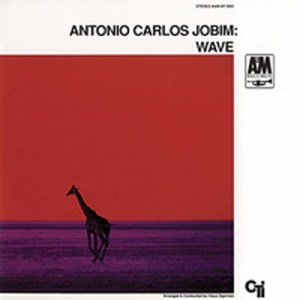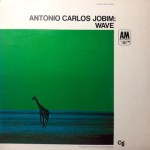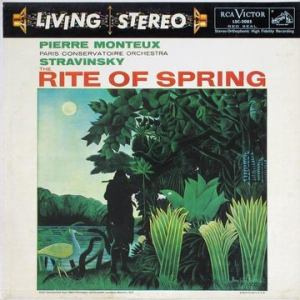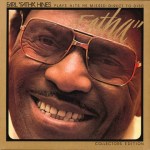 More Direct to Disc Recordings
More Direct to Disc Recordings
Reviews and Commentaries for Direct to Disc Recordings
This review is from 2012, the first time we did a shootout (two copies!) for the album.
Of course, no shootout we would do these days would involve only two copies of an album. If we were to scold ourselves today for this silly exercise from back in 2012, it would look something like this:
We encourage any audiophile who wants to improve the quality of his record collection to do some shootouts for himself. Freeing up an afternoon to sit down with a pile of cleaned copies of a favorite LP (you won’t make it through any other kind) and play them one after another is by far the best way to learn about records and pressing variations. Doing your own shootout will also help you see just how much work it is.
They are a great deal of work if you do them right. If you have just a few pressings on hand and don’t bother to clean them rigorously, that kind of shootout anyone can do. We would not consider that a real shootout. (Art Dudley illustrates this approach, but you could pick any reviewer you like — none of them have ever undertaken a shootout worthy of the name to our knowledge.)
With only a few records to play you probably won’t learn much of value and, worse, you are unlikely to find a top copy, although you may be tempted to convince yourself that you have. As Richard Feynman so famously remarked, “The first principle is that you must not fool yourself – and you are the easiest person to fool.”
Our 2012 Review for the Winner
This M&K Direct to Disc SMOKED the copy we played it against — the difference was NIGHT and DAY! The sound is smoother, sweeter, and richer than we are used to hearing for this album. There’s lots of space around the drums, and the tuba sounds awesome.
You aren’t going to believe how DYNAMIC this copy is — when Fatha’s really pounding on the keys, you’re gonna jump out of your chair. The overall sound is clean, clear, lively, and super transparent.
The edgy, hard piano sound that plagued our lesser copy is nowhere to be found.
This is especially good jazz piano music; Earl Hines plays up a storm on this album. The opening track, Birdland, with just a high hat, a tuba and Fatha on piano is worth the price of the disc alone.
Piano Testing
Lately we have been writing quite a bit about how pianos are good for testing your system, room, tweaks, electricity and all the rest, not to mention turntable setup and adjustment.
- We like our pianos to sound natural (however one chooses to define the term).
- We like them to be solidly weighted.
- We like them to be free of smear, a quality that is rarely mentioned in the audiophile record reviews we read.
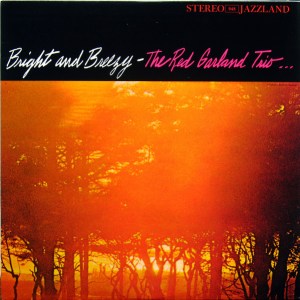
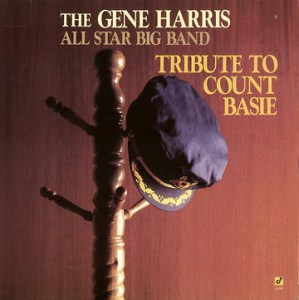


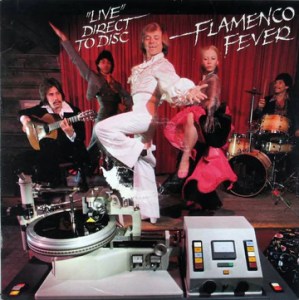



 It sounds like a clean, tonally correct but fairly bass-shy
It sounds like a clean, tonally correct but fairly bass-shy 